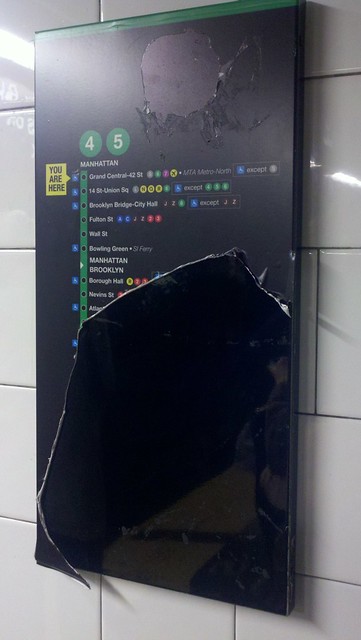When the MTA unveiled its fare hike plan last year, a controversial centerpiece involved a MetroCard surcharge. In order to cut down on trash and the costs of printing new cards, the MTA proposed a $1 fee for every new MetroCard. This measure will make unlimited cards refillable and will help generate $20 million for the MTA in both cost savings and added revenue. It’s still a few years away though.
According to Transit documents released this week, the authority is not planning on introducing the surcharge until 2013 at the earliest. Agency officials tell me that the TA is experiencing “issues with the software that’s needed to implement the surcharge,” and troubleshooting is taking longer than expected. This is, of course, the problem with modifying 20-year-old proprietary software for a use that wasn’t contemplated at the time the system was built, and for now, discarded MetroCards will continue to build up.
Eventually, the surcharge will become but a footnote in the history of the MTA’s fare payment systems. If Joe Lhota sticks with Jay Walder’s plan, the MetroCard could become a thing of the past by 2015, and the surcharge will wind up as a prime example of the need to maintain current technology.

















 (42nd Street Shuttle)
(42nd Street Shuttle)



 Patrick Foye, a current MTA Board member and one-team downstate head of the Empire State Development Corporation, has been picked to run the Port Authority, Gov. Andrew Cuomo announced this morning. Koye is a lawyer who has worked for powerhouse law firm Skadden Arps and served as a Nassau County Deputy County Executive under Ed Mangano.
Patrick Foye, a current MTA Board member and one-team downstate head of the Empire State Development Corporation, has been picked to run the Port Authority, Gov. Andrew Cuomo announced this morning. Koye is a lawyer who has worked for powerhouse law firm Skadden Arps and served as a Nassau County Deputy County Executive under Ed Mangano.